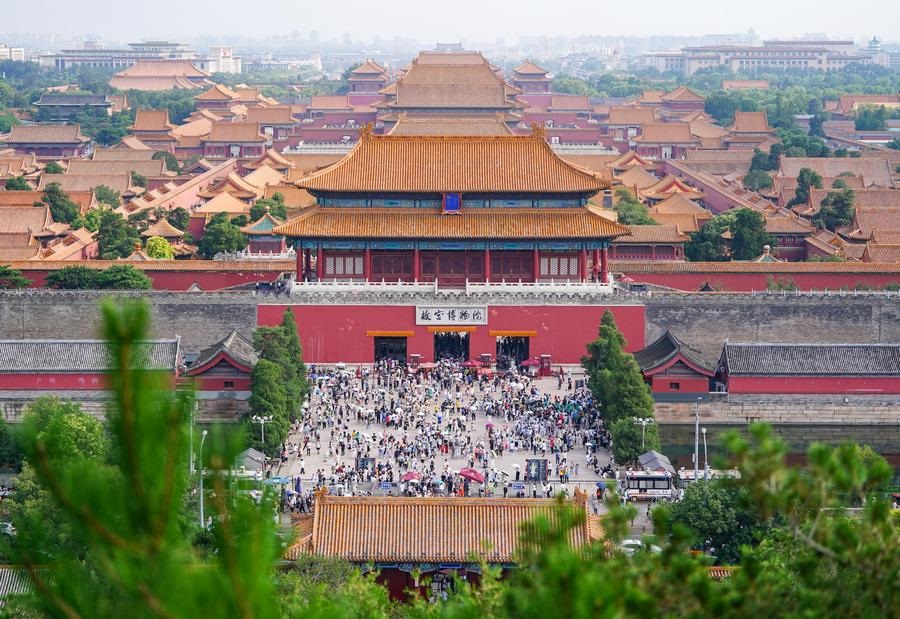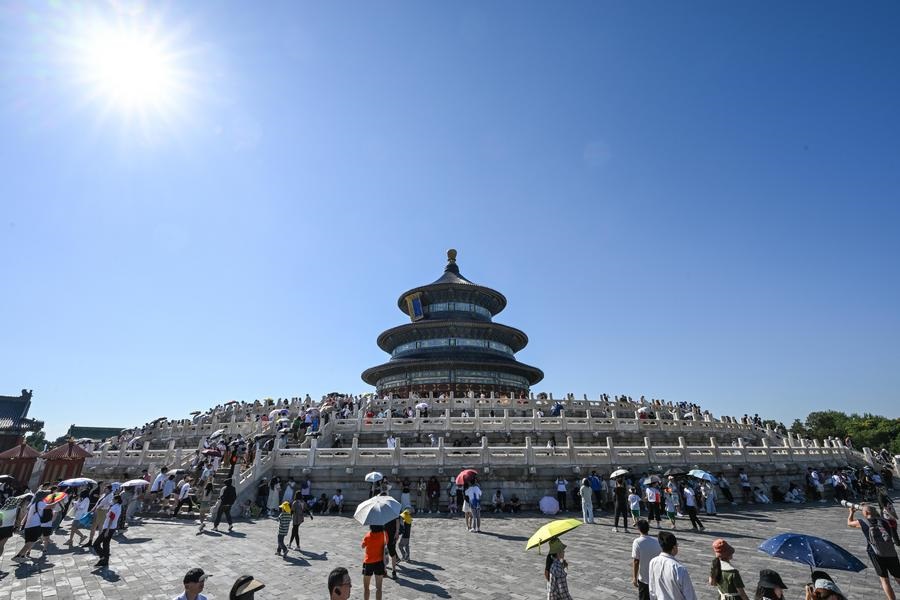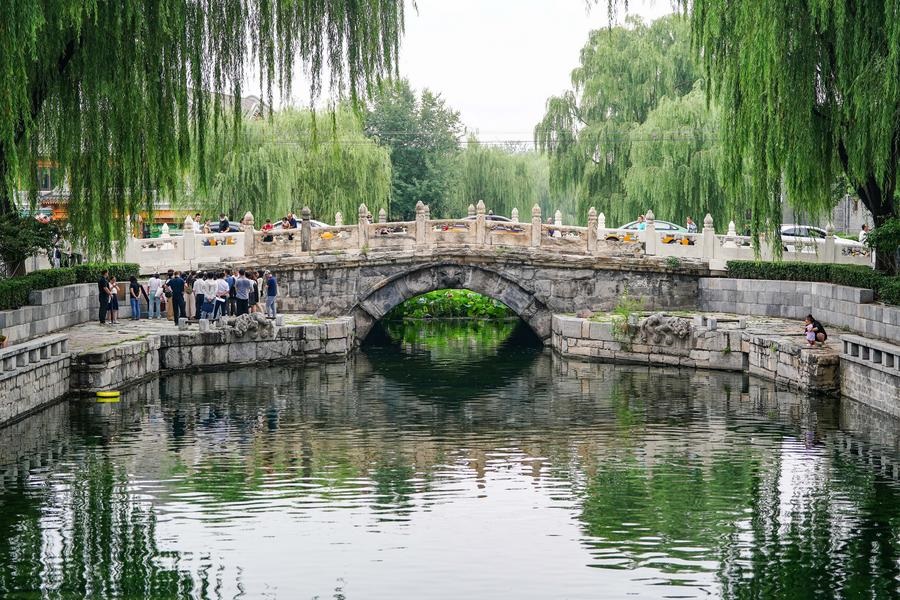
The United Nations Educational, Scientific and Cultural Organization (UNESCO) has announced the inclusion of Beijing’s Central Axis: a Group of Buildings Displaying the Ideal Order of the Chinese Capital, on its World Heritage List.
So far, China has a total of 59 World Heritage sites.
The Beijing Central Axis, initially established in the 13th century and formed in the 16th century, runs through the ancient city of Beijing from north to south. It has become the longest urban axis in the world today, spanning 7.8 kilometers.
The Beijing Central Axis Heritage Area covers 589 hectares, with a separation zone of 4,542 hectares. Its location, layout, urban form and design reflect the ancient Chinese tradition of urban planning, serving as an important emblem highlighting the distinctive features of Chinese civilization.
The UNESCO World Heritage Committee has recognized the integrity, authenticity, and protected and managed status of the Beijing Central Axis. It has also recognized the area’s continuing role as a social and political center in Chinese society.
The committee believes that Beijing’s Central Axis represents a unique type in the history of world cities, embodying the traditional Chinese philosophical concepts of “Zhong” (centrality) and “He” (harmony) and making significant contributions to the history of urban planning worldwide.
The organization also highly praised the Chinese government’s tremendous efforts and remarkable achievements in protecting and preserving the cultural heritage of the ancient city of Beijing.


Source: https://www.chinahoje.net/eixo-central-de-beijing-e-incluido-na-lista-do-patrimonio-mundial-da-unesco/

